Nature’s Grocery Aisle: Your First Steps into Wild Foraging
On a quiet hike through the woods or a stroll along a riverbank, you might pass dozens of edible plants without even realizing it. Foraging isn’t just for survivalists or botanists—it’s an accessible, rewarding way to connect with nature, supplement your meals, and gain a deeper appreciation for seasonal cycles. But with so many plants out there, where do beginners start?
This guide introduces easy-to-identify edible wild plants, offers tips to stay safe while foraging, and includes simple recipes to try at home. Whether you’re in a city park or rural woodland, nature has something fresh to offer—and it’s probably growing right under your feet.
Beginner-Friendly Edible Plants You Can Actually Find
1. Dandelion (Taraxacum officinale)
Where to Find It: Lawns, meadows, roadsides
How to Identify: Bright yellow flowers, jagged-edge leaves forming a rosette, milky sap in stem
Edible Parts: Leaves, flowers, roots
Pro Tip: Young leaves are less bitter and great in salads.
🧑🍳 Quick Recipe: Sauté chopped leaves with garlic and olive oil for a quick side dish.
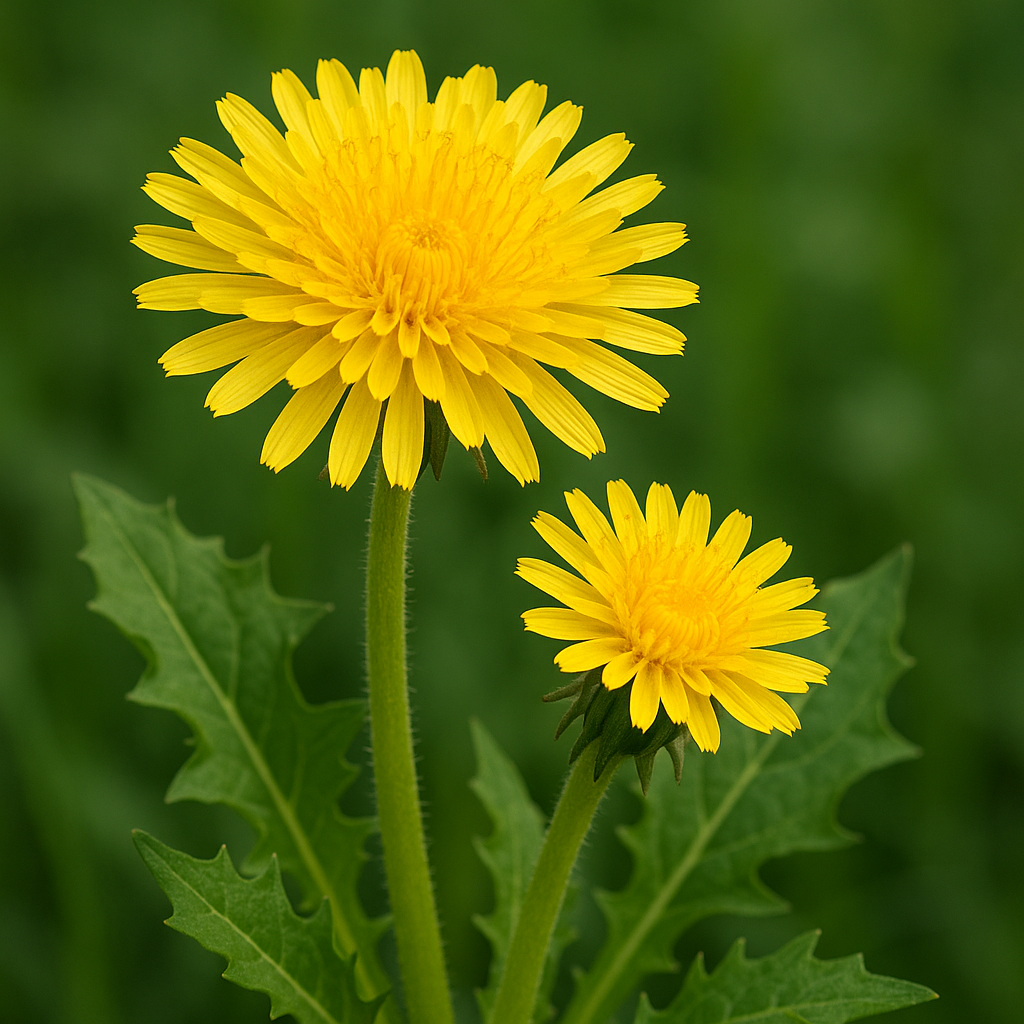
2. Chickweed (Stellaria media)
Where to Find It: Moist, shaded areas; garden beds, under shrubs
How to Identify: Small white star-shaped flowers, light green oval leaves, sprawling growth habit
Edible Parts: Leaves, stems, flowers
Pro Tip: Look for a single line of fine hairs on one side of the stem—unique to chickweed.
🧑🍳 Quick Recipe: Toss fresh chickweed into scrambled eggs or blend into pesto.
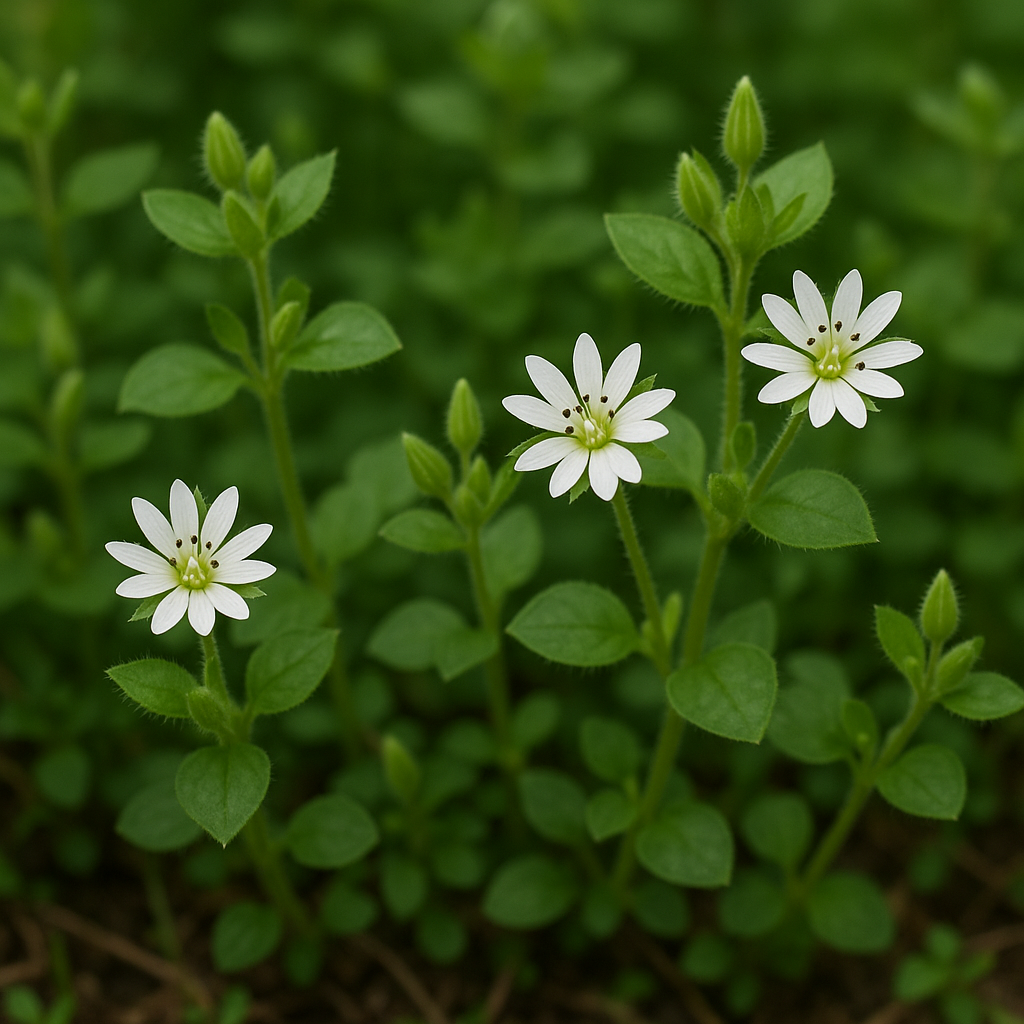
3. Wood Sorrel (Oxalis spp.)
Where to Find It: Forest floors, shaded lawns, garden edges
How to Identify: Heart-shaped leaflets (like clover), small yellow or white flowers, lemony taste
Edible Parts: Leaves, flowers, seed pods
Pro Tip: Has a tangy flavor, but eat in moderation due to oxalic acid.
🧑🍳 Quick Recipe: Add to a salad for a citrusy zing or float in lemonade.
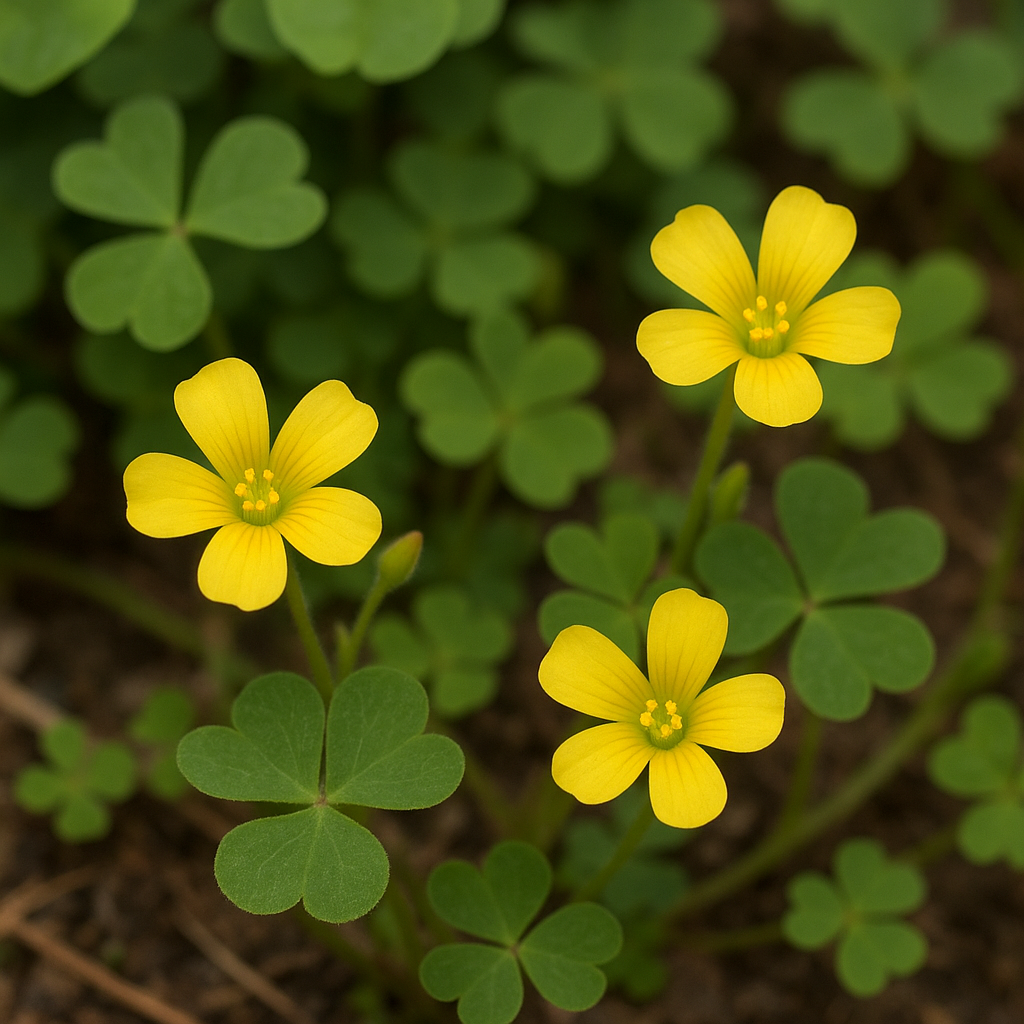
4. Wild Garlic / Ramps (Allium tricoccum)
Where to Find It: Moist woodlands in early spring
How to Identify: Broad green leaves, onion-like smell, white bulb
Edible Parts: Leaves, bulbs
Pro Tip: Never take more than a few leaves from each plant to allow regrowth.
🧑🍳 Quick Recipe: Make ramp butter by blending softened butter with chopped leaves and a pinch of salt.
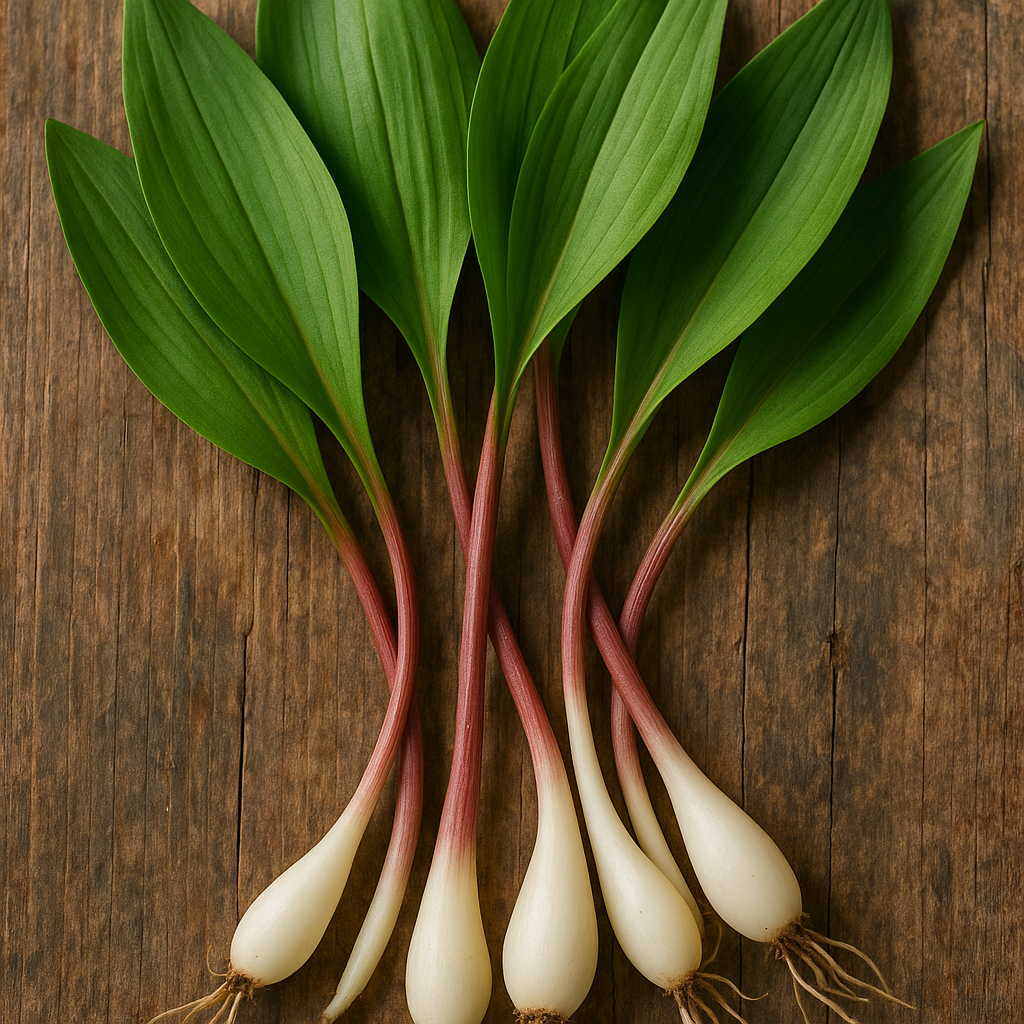
5. Purslane (Portulaca oleracea)
Where to Find It: Sidewalk edges, gardens, cracks in pavement
How to Identify: Succulent reddish stems, small green oval leaves, yellow flowers
Edible Parts: Whole plant
Pro Tip: High in omega-3s and has a slightly sour, crunchy texture.
🧑🍳 Quick Recipe: Mix into cucumber salads or stir into yogurt with mint.
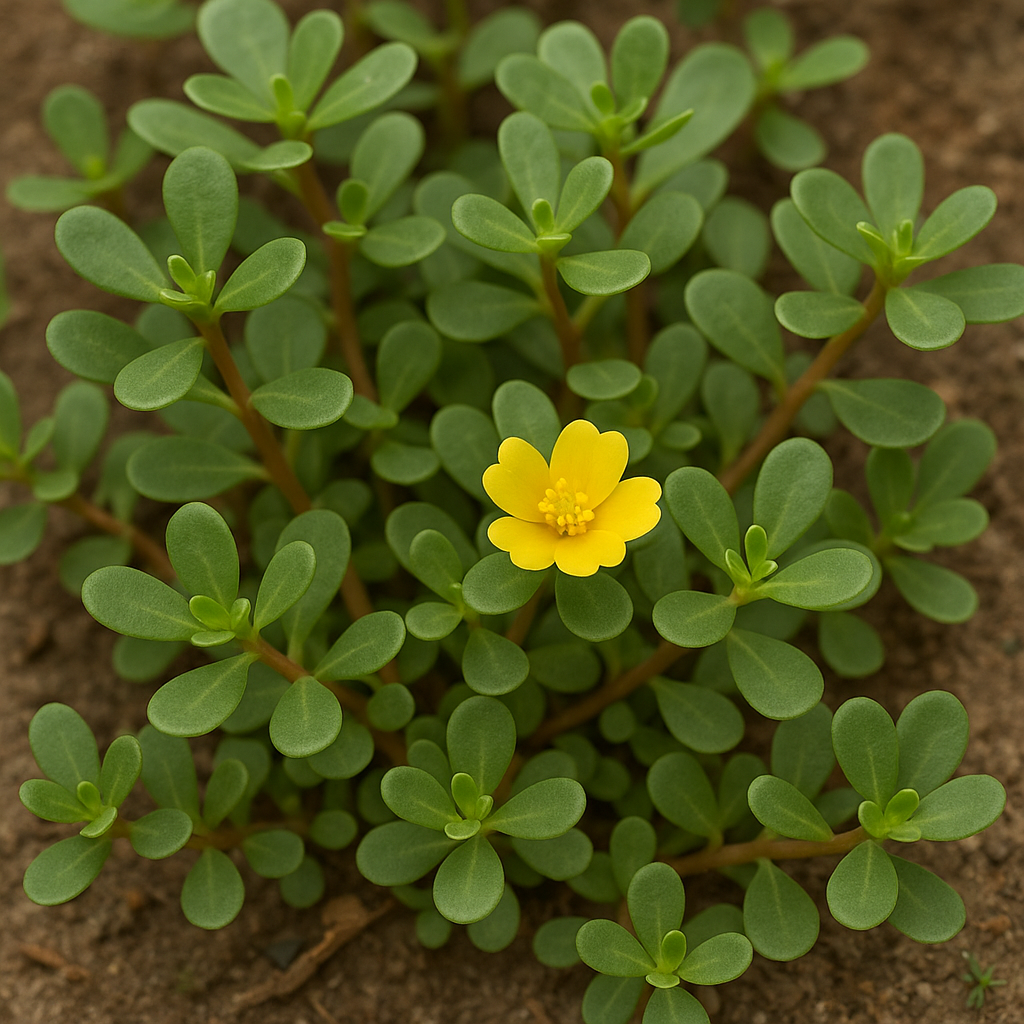
Safety First: Avoiding Toxic Look-Alikes
Foraging is fun, but mistakes can be dangerous. Always follow these golden rules:
- Never eat a plant unless 100% sure of its identity.
- Avoid plants near roadsides, industrial areas, or sprayed zones.
- Cross-reference with at least two trusted sources.
- Do not rely solely on one plant feature—look at leaf shape, flower, stem, and growth pattern.
Common Toxic Look-Alikes to Watch For
- Poison Hemlock (Conium maculatum): Resembles wild carrot or parsley but has purple-spotted stems and is highly toxic.
- False Garlic (Nothoscordum spp.): Looks like wild garlic but lacks the distinctive garlic smell.
- Lily of the Valley (Convallaria majalis): Can be confused with ramps—deadly if consumed.
Smart Foraging Practices
- Start small. Learn to identify 2–3 edible plants before expanding.
- Use ethical harvesting. Take only what you need and leave enough for wildlife and regrowth.
- Know your location. Understand local laws and permissions—some parks prohibit foraging.
- Keep a field journal. Note what you find, where, and when.
Digital Help: Apps and Guides for Identification
Technology can bolster your foraging confidence. Here are some tools trusted by beginners and experts alike:
- PictureThis App: AI-powered plant identifier with detailed species info.
- iNaturalist: Community-driven platform for identifying and logging plant sightings.
- PlantSnap: Easy-to-use app with a large database of edible and non-edible species.
- Books:
– Peterson Field Guide to Edible Wild Plants
– The Forager’s Harvest by Samuel Thayer
– Northeast Foraging by Leda Meredith (regional guides available)
Further Reading & Resources
- Foraging 101: How to Start — U.S. Forest Service
Covers foraging ethics, safety, and conservation tips.
Detailed info on plant ID and regional availability.
Extensive archive of edible plant profiles by expert forager Green Deane.
Mobile plant guide with recipes, seasonal info, and habitat data.
Whether you’re curious about what’s growing in your backyard or planning a foraging walk in the woods, these wild edibles offer a safe, flavorful introduction to nature’s pantry. Armed with the right knowledge and respect for the environment, you’ll be adding wild greens to your meals in no time.








